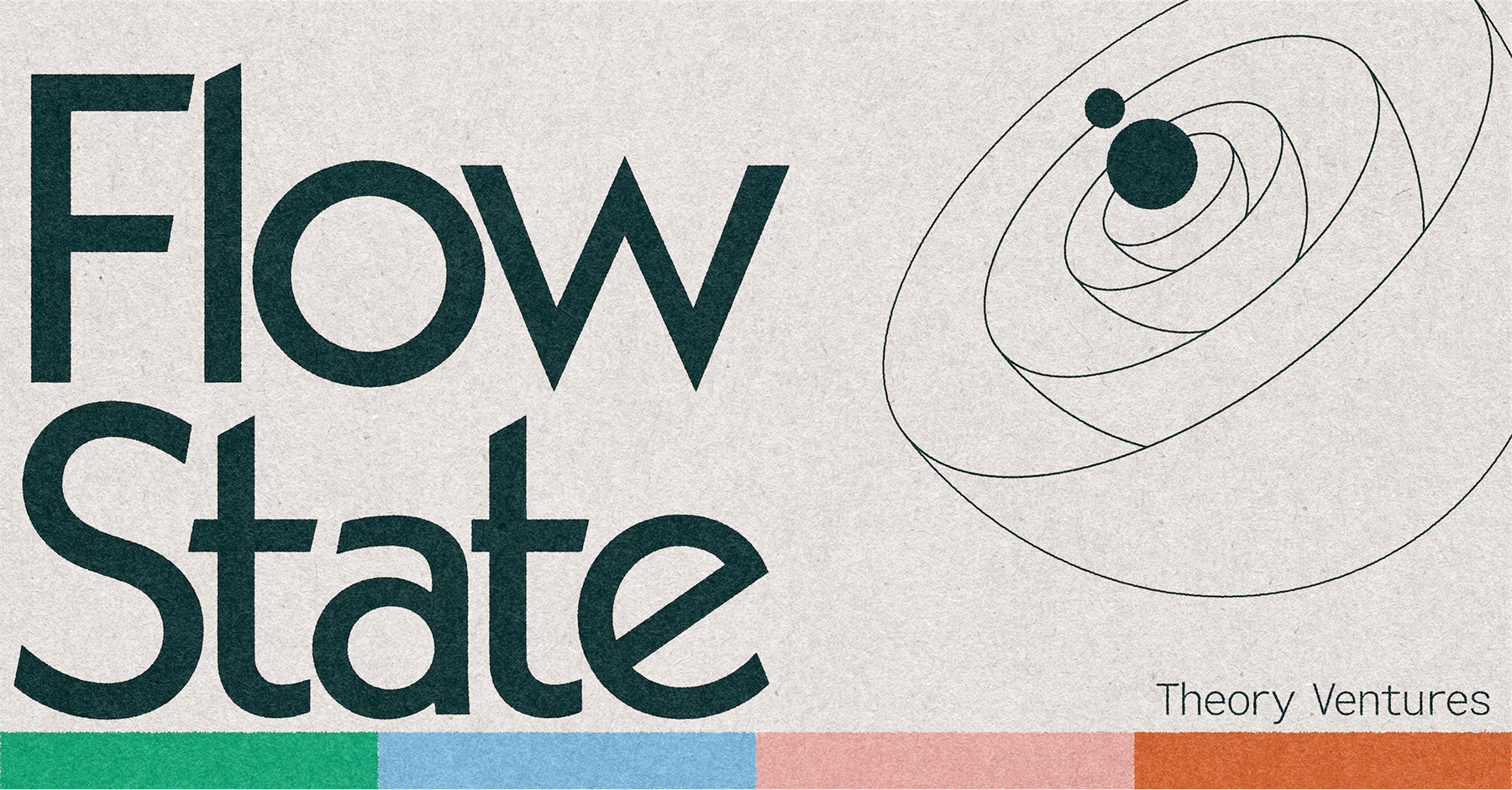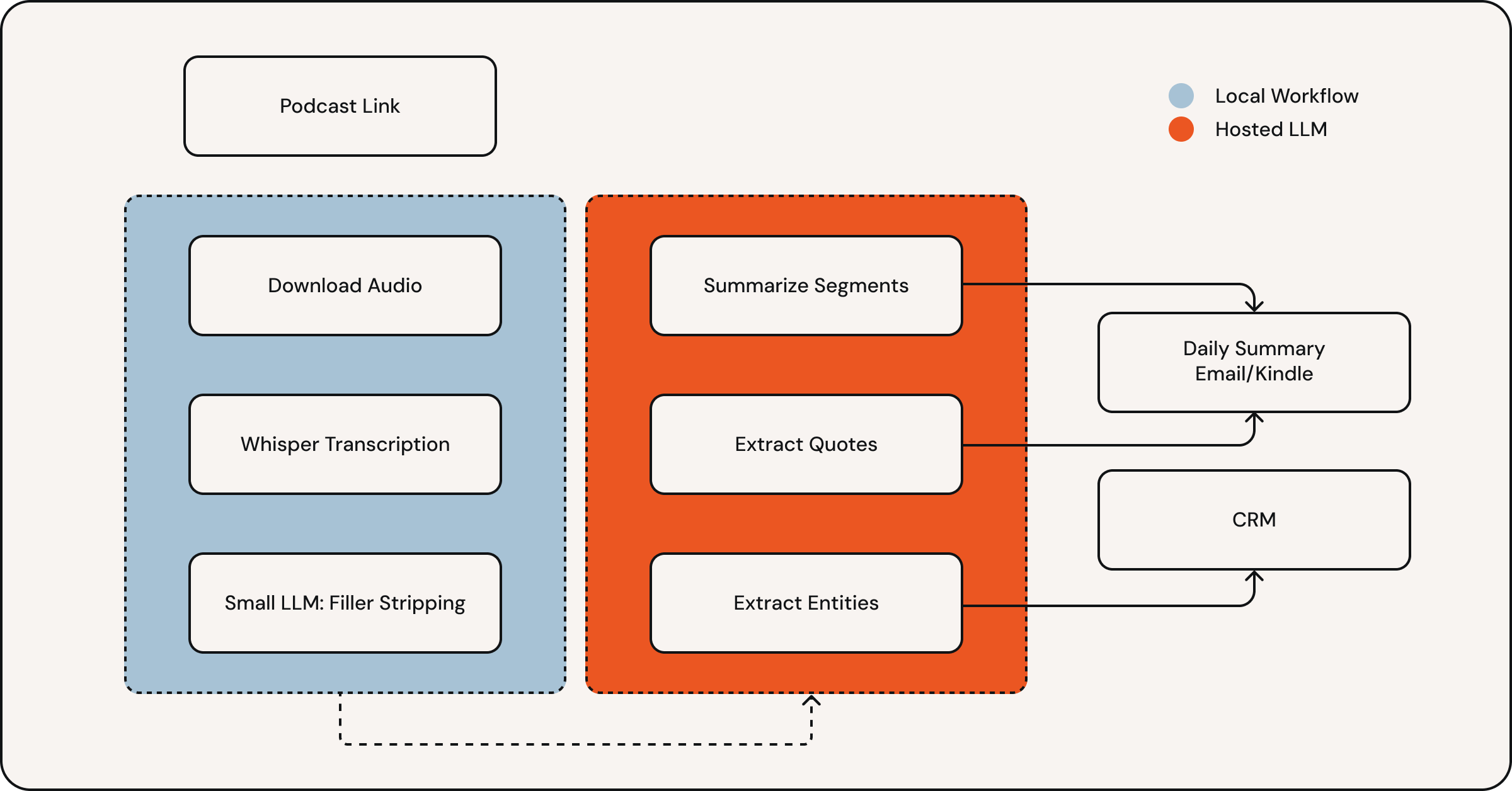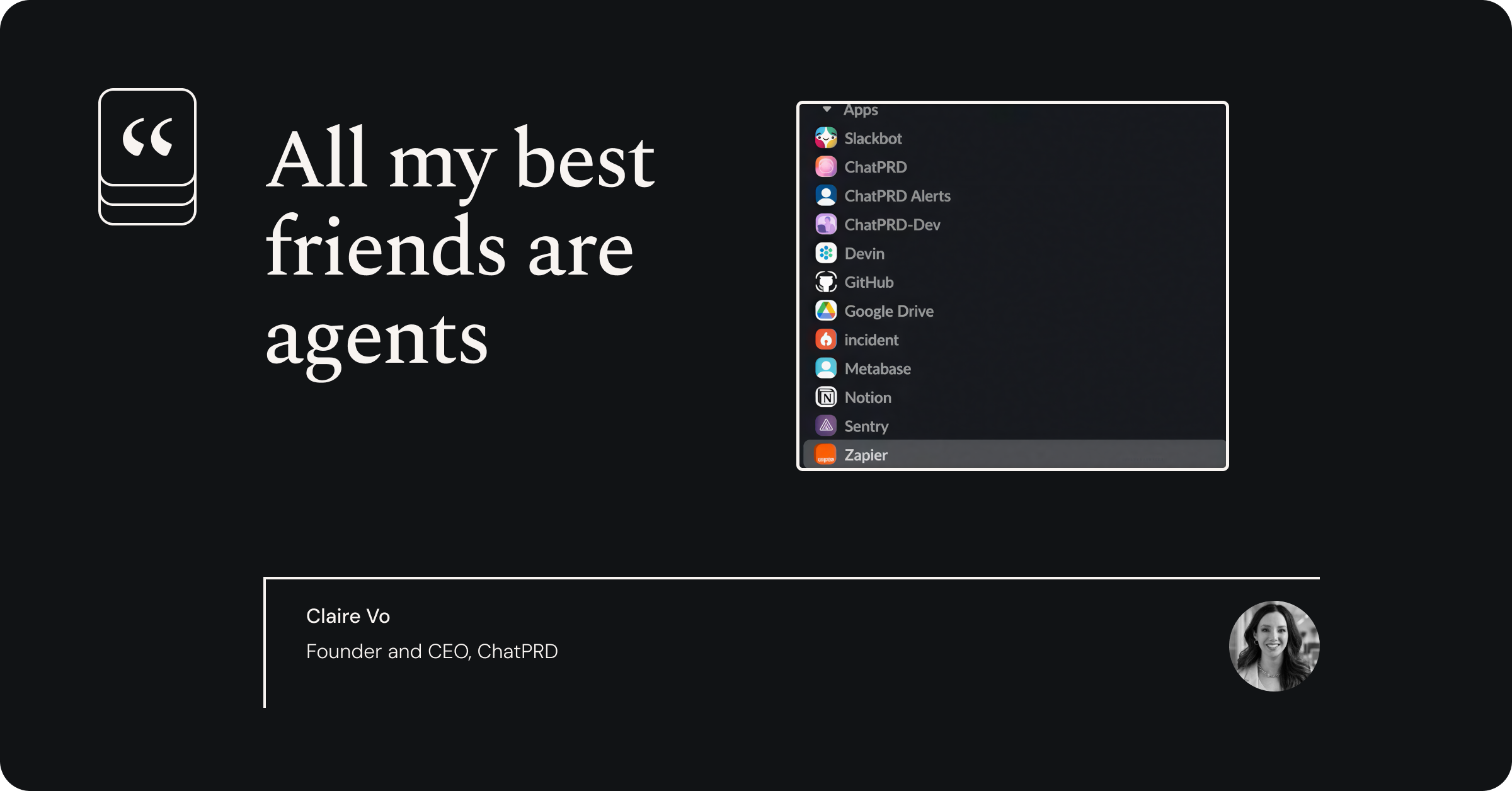Finding Our Flow State

“When the cost of creating things approaches zero, where does the value lie?” Earlier this month, we met in Berkeley, California, to talk about AI workflows—not in the abstract, but real ones people actually run every week. AI automations crafted by the user themselves, not a disjoined stakeholder’s ticket. These demonstrations of ‘personal software’ captured a preview of the future that so many folks see coming. Three friends opened their laptops and showed us how they’re using models as patient, tenacious co-workers: capturing information, keeping creative work on the rails, and taming calendars and inboxes to create more time for human work.
Backing up, this event was conceived by Hamel Husain and I to sate his frequent inquiries: ‘how are you using AI’, ‘tell me about your workflows’, and ‘are you using any new AI tools this week?’. We wanted to craft a show-and-tell with some of the folks living in the future to tell us what’s actually saving them time, or expanding their aperture of focus.
Tomasz Tunguz went first and made a strong case for compressing the firehose. Tomasz leads Theory Ventures as its General Partner, and his workflow is designed to support that. He’s built a pipeline that watches a slate of podcasts, turns speech into text, then synthesizes what matters: the three or four themes worth caring about, the quotes that actually support those themes, and even a “contrarian take” prompt emulating Peter Thiel’s strategy. The punchline isn’t a dashboard—it’s a daily email he can read in fifteen minutes instead of forty hours listening.
Hamel responded by asking if any of these podcasts are ‘incompressible’; in a testament to the fidelity of this system, Tom admitted that he rarely “goes back to listen”; but he does interrogate the transcripts, asks targeted questions against them, adds additional research queries, and collates follow-ups into a task list so the research yields outcomes. Along the way, the system quietly flags net-new companies and pushes them into the CRM, integrating into the rest of the firm’s virtuous cycle.

Tom’s pipeline starts with the audio. He pulls episodes down locally, runs Whisper on his GPU to transcribe (cheap and fast), then passes the raw transcript through a small local model whose only job is to strip filler—ums, uhs, throat-clears—so the expensive part that follows stays lean. In his words, input volume drives 80–90% of LLM cost, so the pre-shrink matters. With the text compacted, he hands it to a “real” model (Claude Sonnet) that executes a long prompt: split the episode into 5–15 minute segments, summarize each segment’s argument, lift direct quotes, and extract entities (people, companies) that might deserve a look. From there, a little glue kicks off a downstream routine to check those entities against the CRM and create records for the net-new ones. The outputs are deliberately boring and useful: a daily summary email for him, plus a PDF to his Kindle; behind the scenes, the system often surfaces a couple of new startups worth tracking. He’s running it as a local CLI right now to keep iteration tight while he gets the loop right.
AI In-flight
Greg Ceccarelli followed by zooming in on intent; his workflow is incredibly spec-driven, communicating the objectives and not the tool directions. He showed a code-driven video workflow where scenes live as components, the timeline updates the instant you change a prop, and “edits” are just commits. It’s the opposite of pixel-pushing: your source of truth is the spec and prompt. One of Greg’s keys to success is monitoring and iterating on the trail of chats that led to the code. Via a tool his company built, he’s able to store the upstream conversations in addition to the generated files.
Greg also introduced the term “dead looping” for that familiar feeling of issuing the same prompt three times and waiting for the model to suddenly become insightful. He advised changing the frame, starting a new session, and resetting the context that’s poisoning the agent.
Who’s Afraid of the Big Bad Monday?
Finally, Claire Vo closed the loop by putting agents on the calendar and content grind. Claire seems to have conquered the “Sunday Scaries”: an agent that walks three calendars, pulls event names and attendees, checks email to remember who a meeting is with and why, and spots places to consolidate time. In case you are worried these tools lack heart, this tool auto-blocks a morning window to walk her kids to school if the day allows it. The brief lands in Slack; automation that sharpens the edges of the start of the week.

Similarly, her content flow reduced the frictional steps of producing a podcast. Feed a recording and transcript into a generator primed on your own archive to get a draft that’s 80–85% there, getting her to the part of the workflow that requires real taste.
In the Zone
Tomasz, Greg, and Claire provided varying perspectives, but all with an underlying theme: selection, specification, and synthesis. Some practical recommendations are to start small: pick one place where you already spend energy—the media you consume, assets you produce, logistics that drain you—and sketch the loop you wish existed. Capture, compress, and connect it to the surface where you’ll actually act. Then turn the crank once.
